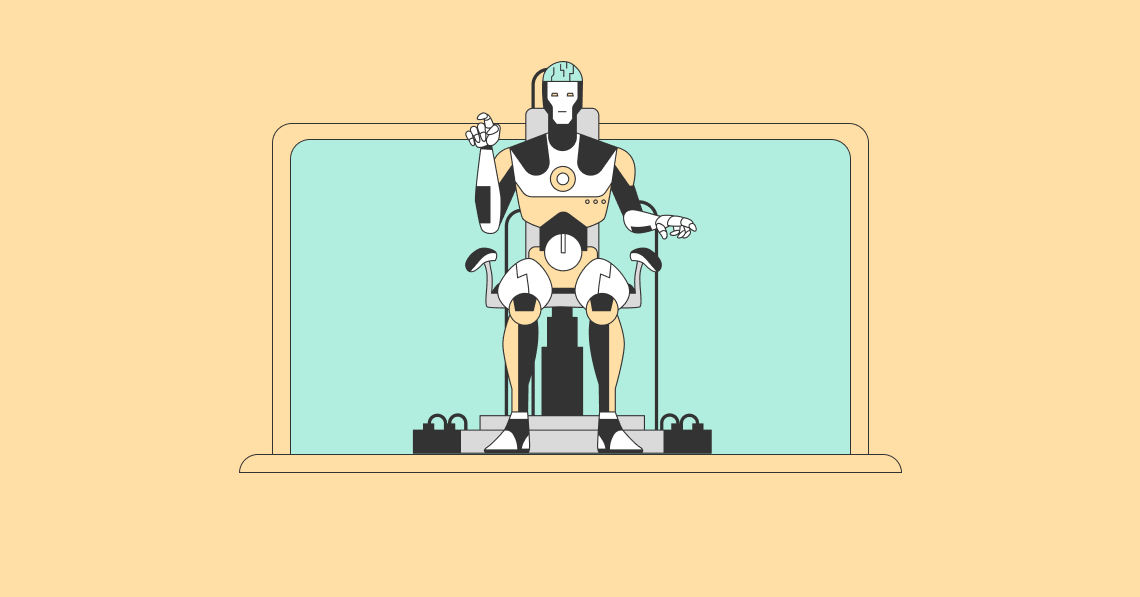

[Photo: Lake Powell on the Colorado River, bathtub ring from drought (2017). Patti Weeks via Brewminate.]
By Julia Conley
Source: CommonDreams![]()
Editor’s Note
Doomsday … 2023 … the year that is less than one MONTH away. Be not confused. This doomsday (just one of the millions to come) is a Climate Change doomsday. It also did not start in 2022 but is part of a headline-making drought going back over two decades. The forces causing that drought started well before then and IT IS NOT PART OF A “NATURAL” VARIATION. As with most of our catastrophes, we have done NOTHING along the way to ease the usage of this precious water supply. We have continued profligate use and abuse of the basin and the after it contains. In fact, we have virtually drained the massive aquafers of the southwest along with draining the river itself.
Editor’s Note: Nazification
“,,, the Colorado River is responsible for $1.4 trillion in gross state product annually in the six states and seven Southern California counties that draw from the river. The estimated impact on economies and jobs, by state:
● Arizona: $185.01 billion; 2,147,770 jobs
● Colorado: $188.95 billion; 2,147,141 jobs
● Nevada: $115.39 billion; 1,417,283 jobs
● New Mexico: $59.76 billion; 771,618 jobs
● Southern California counties: $657.45 billion; 7,046,110 jobs
● Utah: $69.79 billion; 969,735 jobs
● Wyoming: $21.67 billion; 284,276 jobs
TOTAL: $1,434.12 billion; 16,000,996 jobs”
Propublica, writing about the “dam” problem in 2016, drought, and the Colorado River showed that once again that everything is a nail when all one uses is a hammer, the inefficiency, and wastefullness of the existing dams on the Colorado:
And yet even as these consequences come into focus, four states on the Colorado River are developing plans to build new dams and river diversions in an effort to seize a larger share of dwindling water supplies for themselves before that water flows downstream.
Yet, between 2010 and 2020 just three states (Colorado, Arizona, and California) added more than 3.75 million people to the area. Power generation, the topic of Conley’s article, is more critical every year and it links both climate and population.
How did we ever get into a pattern where we do nothing until a crisis strikes, and sometimes not then (or the response is only to “recover” from the crisis)? It’s a damn bad way to do anything. Further, it makes any successful “recovery” difficult if not impossible. It is better to get a filling than to wait until you need a root canal. Why? Because once you need that root canal you will either get really sick or you have a dead tooth. Yep. Dead. And nothing will bring that tooth back to life, and no little baby tooth is going to be born where the other died.
The same is true of the profligate waste of the Colorado River (and freshwater sources in general), and encouraging population growth in regions where there simply are not the resources for people to be, and (water-based) agriculture where there is little water. Imagine what will happen if the turbines that generate megawatts of electricity start spitting mud. Imagine when millions turn on the kitchen faucet and a trickle of brown comes out. Imagine when Phoenix goes dark and the water stops – everywhere. Stretch that across the Southwest and the millions impacts. How much water are we going to haul to the residents of an entire region? We had better think now about what we are going to do because if it doesn’t happen in 2023, it is even more likely in 2024 or 2025. We are at the point of WHEN, not IF disaster will strike. [/su_box]
Julia Conley
The catastrophic chain of events that water and power authorities are working to prepare for amid the desertification of the Colorado River basin would amount to a “complete doomsday scenario,” harming water and electricity supplies for millions, according to new reporting from The Washington Post.
While the Biden administration earlier this year ordered water use cuts in Arizona, Nevada, and parts of Mexico that use water from the rapidly shrinking Colorado River, officials in the region are examining how they can keep Lake Powell and Lake Mead—the largest human-made reservoirs in the U.S.—from reaching dangerous “dead pool” status, in which water levels would drop so low that water no longer flows downstream.
“You’re not going to have a river… It would be a catastrophe for the entire system.”
According to the U.S. Bureau of Reclamation, with Lake Powell’s surface already having fallen 170 feet, the reservoir is even closer to reaching “minimum power pool” status.
If water levels drop another 38 feet in Lake Powell, which is currently a quarter of its original size, the surface could approach the tops of eight underwater openings allowing Colorado River water to pass through the Glen Canyon Dam.
“The normally placid Lake Powell, the nation’s second-largest reservoir, could suddenly transform into something resembling a funnel, with water circling the openings,” reported the Post.
That would force turbines which supply 4.5 million people with electricity to shut down, likely triggering financial struggles for people across southwestern states. The standard rate for low-cost power generated by Glen Canyon Dam is $30 per megawatt hour, but with the dam already producing 40% less power than it originally did, customers this past summer faced prices as high as $1,000 per megawatt hour as they sought electricity on the open market.
The latest projections of the Bureau of Reclamation show that minimum power pool status could be reached as early as next July.
Tom Buschatzke, director of Arizona’s Department of Water Resources, told the Post that dead pool status would amount to “an ecological disaster,” with the region’s agricultural sector cut off from a crucial irrigation source.
“You’re not going to have a river” in the case of Lake Powell reaching dead pool, he said. “It would be a catastrophe for the entire system.”
As government officials announced over the summer that water levels could approach the dam’s underwater openings by next July, the Bureau of Reclamation also announced it was supporting studies to examine whether authorities could make modifications to the dam, such as drilling tunnels at river level.
Schmidt told the Post that the fact such a possibility has been raised denotes “a huge sea change telling you how different the world is.”
Jeff Goodell, author of the book The Water Will Come: Rising Seas, Sinking Cities, and the Remaking of the Civilized World, suggested that the aridification of the West—made 40% worse by planetary heating and the continued extraction of fossil fuels, according to one recent study—has left the Colorado River unable to provide water and power to the millions of people who have come to rely on it.
“The problem with massive projects like Lake Powell and the Glen Canyon Dam,” tweeted Goodell, “is they were engineered for a climate that no longer exists and will never return (at least not on human timescales).”
![]()
Julia Conley is a staff writer for Common Dreams.




